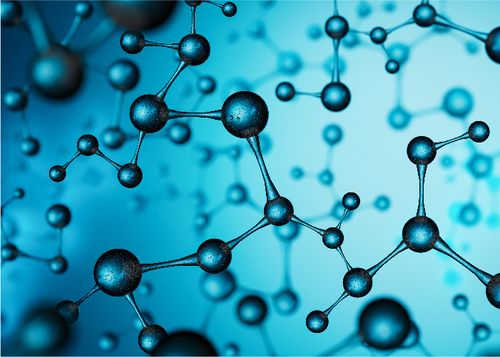Oberon Fuels, a renewable fuels firm, has hired its first Chief Financial Officer Ann Anthony and new Chief Operating Officer Derek Winkel to drive the company’s growth.
Both Anthony and Winkel will play critical roles in growing the business as it scales up the commercializations of its renewable DME and methanol, the company said in a news release.
Along with additional senior leaders, Anthony and Winkel will help Oberon scale to decarbonize the propane industry — which emits emissions equivalent to the commercial aviation market — while accelerating hydrogen infrastructure.
“Ann and Derek each bring invaluable experience to support Oberon Fuels on its journey to commercialization and deliver the full impact that renewable fuels can have on reducing carbon emissions,” said Oberon Fuels President & CEO Rebecca Boudreaux.
Anthony brings nearly 30 years of experience helping innovative energy companies scale and successfully introduced OPAL Fuels, a renewable natural gas company, to the public markets. Before OPAL Fuels, Anthony served as the chief financial officer and secretary for Key Capture Energy, a VC-backed start-up focused on stand-alone battery storage in key electricity markets, where she played an instrumental role in the company’s acquisition by SK E&S Co., Ltd. She was also responsible for leading the company’s finance and human resources function, including financial planning and analysis, corporate procurement and capitalization efforts.
Winkel has nearly two decades of experience leading and scaling operations for renewable energy innovators. He most recently served as the vice president of manufacturing development, commercial performance and services for Chevron following the company’s acquisition of Renewable Energy Group (REG) at a $3.15B valuation. Following the acquisition, Winkel played a pivotal role in the improvement and expansion of their renewable diesel production facility, which took total site production capacity from 90M gallons per year to 340M gallons per year.







